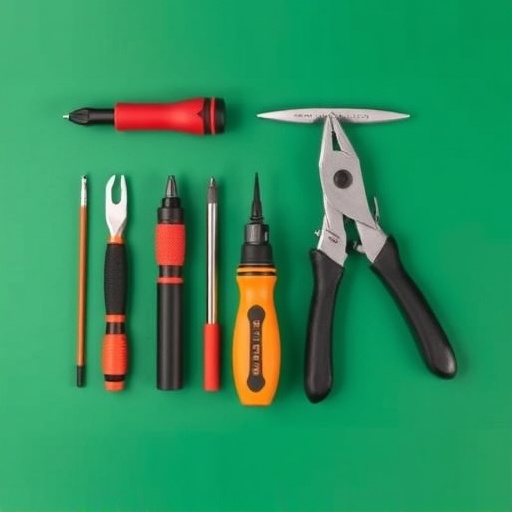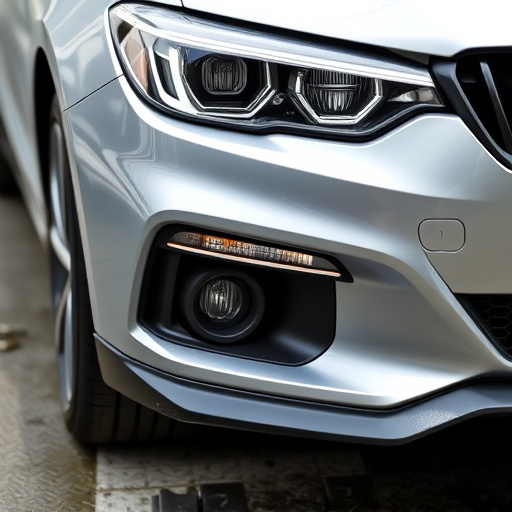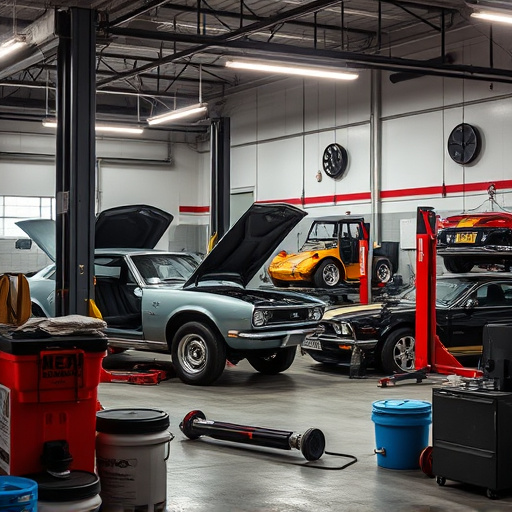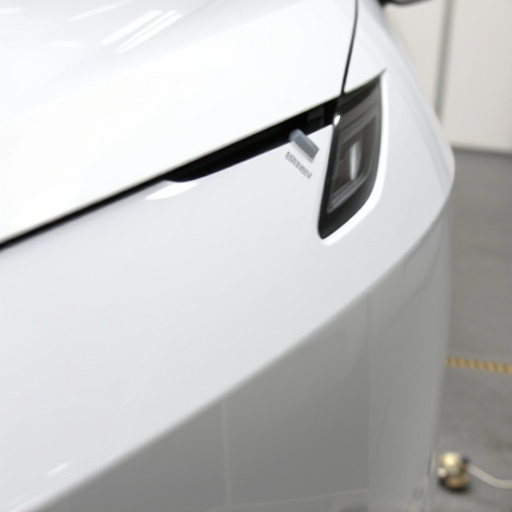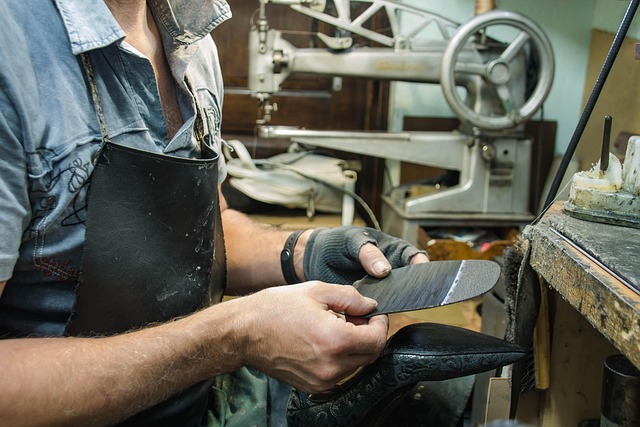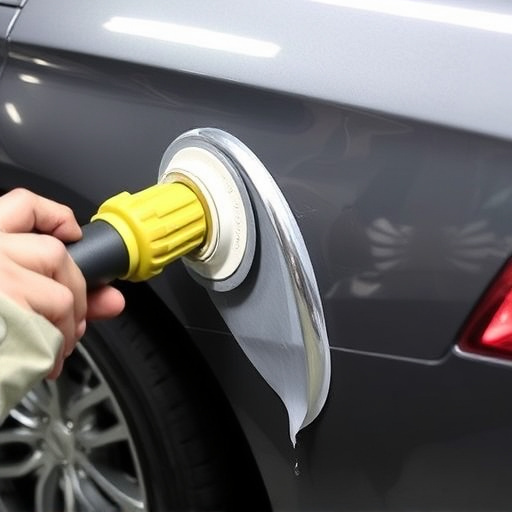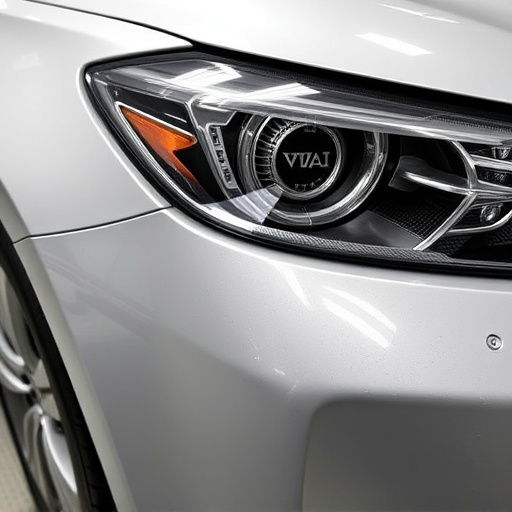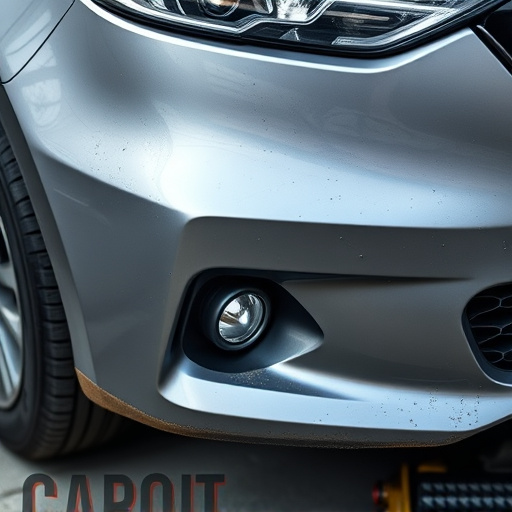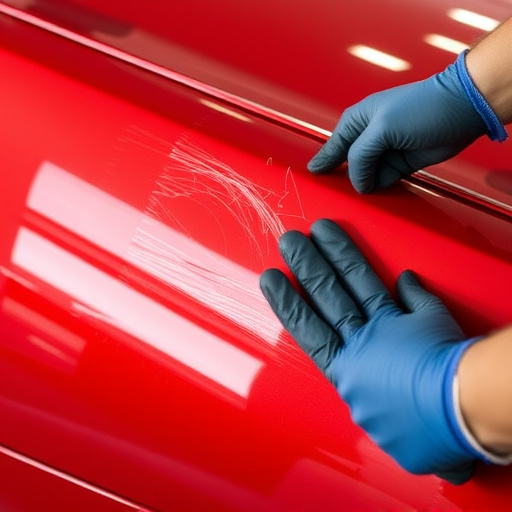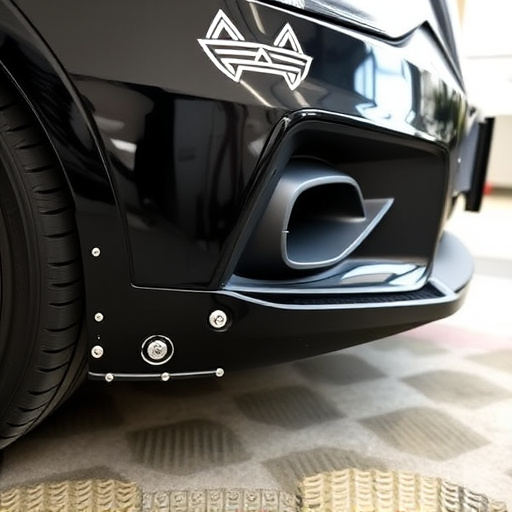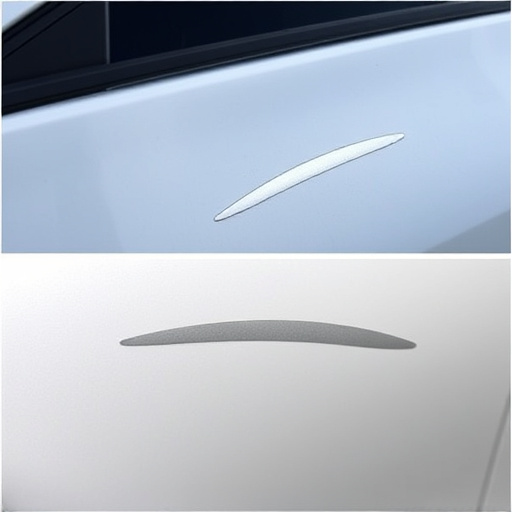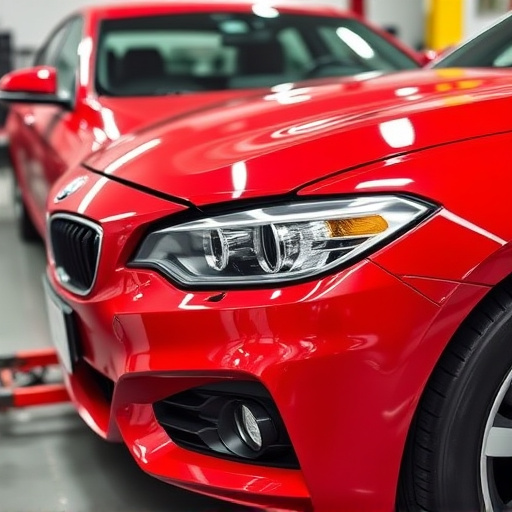UV curing systems revolutionize industries by swiftly hardening materials using ultraviolet light, replacing traditional drying methods. This technology, employing photoinitiators, offers rapid solidification within minutes, enhancing productivity and control in automotive body shops and manufacturing. High-intensity UV lamps, like HID types, ensure precise curing outcomes for diverse applications, from auto repairs to industrial coatings, providing speed, efficiency, and improved product quality.
“Dive into the world of precision and speed with our complete beginner’s guide to UV curing systems. This comprehensive introduction explores the fundamentals, from the science behind UV technology to its diverse applications. We dissect the essential components that make up these innovative systems, highlighting their unique benefits across various industries. Discover how UV curing offers a game-changing solution for efficient, high-quality material hardening.”
- Understanding UV Curing Technology: The Basics Unveiled
- Components of a UV Curing System: A Comprehensive Look
- Applications and Benefits: Unleashing UV Curing Potential
Understanding UV Curing Technology: The Basics Unveiled
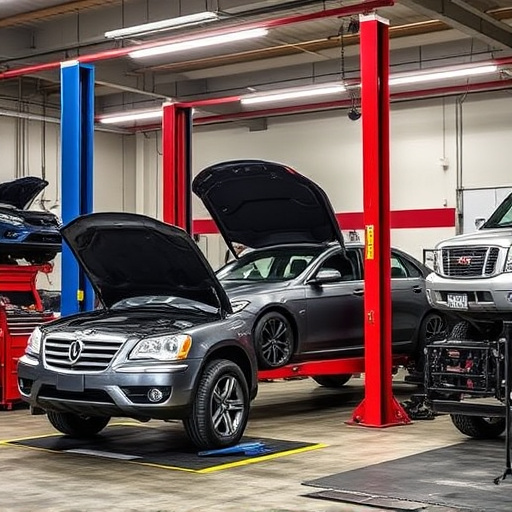
UV curing systems have revolutionized various industries, offering a fast, efficient, and precise method for curing or hardening materials. This technology utilizes ultraviolet light to initiate chemical reactions in specific coatings, adhesives, and inks, leading to rapid solidification. Understanding how UV curing works is essential, especially for those new to this field, as it provides an alternative to traditional drying methods that often involve lengthy processing times.
The basic principle involves the emission of high-intensity UV light, which interacts with photoinitiators present in the material being cured. These photoinitiators absorb the UV energy and initiate a series of chemical reactions, causing the material to harden or cure within minutes. This process is ideal for industries like automotive body shops and bumper repair services, where quick turnaround times are crucial. Unlike conventional drying methods, UV curing systems can significantly reduce processing time, enhance productivity, and offer improved control over curing processes in both small-scale workshops and large manufacturing facilities.
Components of a UV Curing System: A Comprehensive Look

UV curing systems are composed of several key components that work together to harden and cure materials quickly using ultraviolet light. The core element is the UV lamp, which emits intense UV-C radiation to initiate the curing process. These lamps can be designed as either low-pressure (LP) or high-intensity discharge (HID) systems, with HID options offering higher power and faster cure times, ideal for applications like auto body repairs and classic car restoration.
Complementing the lamp is a control system that regulates the amount of UV light emitted, ensuring precise curing. This includes timing controls to determine the duration of exposure and intensity settings to adjust the power output. In many cases, these systems are integrated into automated equipment, streamlining processes in industrial settings and even enhancing car paint services by minimizing downtime and improving overall efficiency.
Applications and Benefits: Unleashing UV Curing Potential
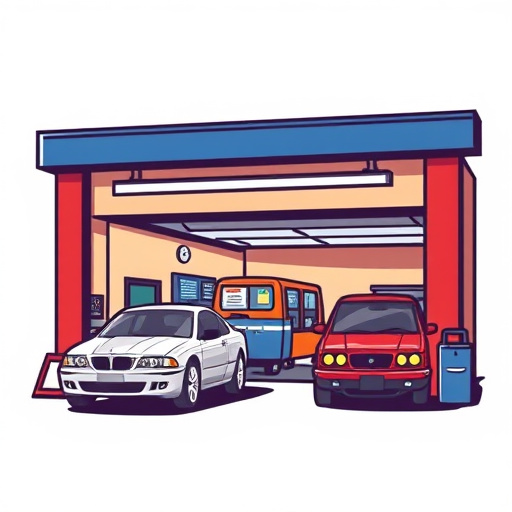
UV curing systems have revolutionized various industries due to their exceptional speed and efficiency. Their primary applications include collision repair services, autobody repairs, and car scratch repair, where they significantly reduce drying times compared to traditional methods. By using UV light, these systems initiate a chemical reaction within specialized coatings, adhesives, and paints, leading to rapid hardening.
This technology offers numerous benefits, including improved productivity, reduced labor costs, and enhanced product quality. In collision repair, for instance, UV curing can speed up the process of fixing dents, cracks, and scratches, allowing workshops to handle more vehicles in less time. Moreover, the precise control over curing ensures superior adhesion and durability, contributing to longer-lasting repairs and higher customer satisfaction.
UV curing systems have emerged as a game-changer in various industries, offering unprecedented speed and efficiency in material hardening. By understanding the fundamental technology, exploring system components, and recognizing diverse applications, beginners can unlock the full potential of UV curing. This comprehensive guide serves as a testament to the versatility and benefits that UV curing systems bring, fostering innovation across multiple sectors.
